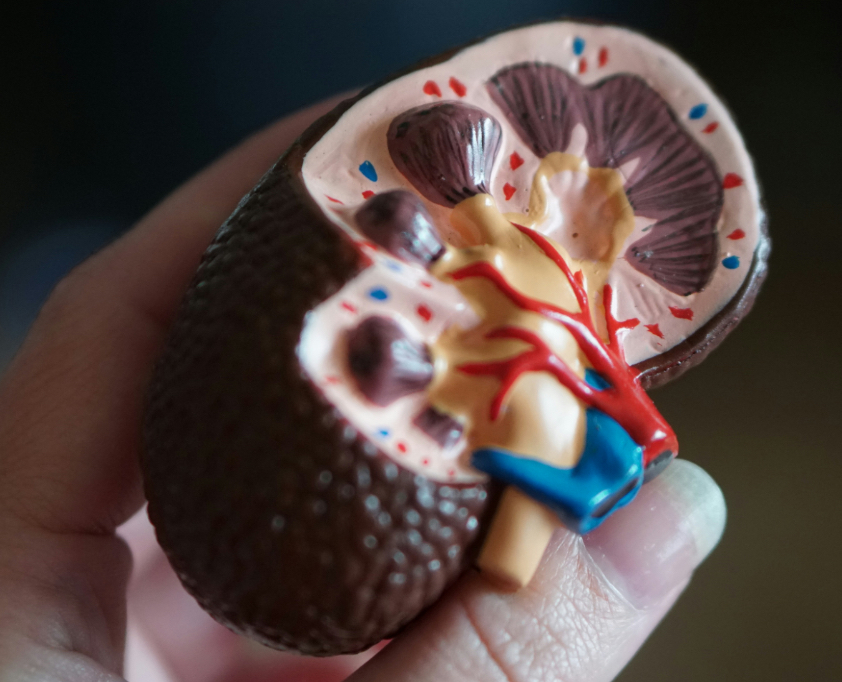Budd-Chiari syndrome (BCS) is a rare disorder caused by obstruction of the hepatic veins or inferior vena cava, leading to impaired blood flow from the liver. It affects about 1 in 100,000 people, typically young adults aged 20–40, with equal incidence in males and females.
Causes
- Primary BCS (75%): Thrombosis of hepatic veins, often due to hypercoagulable states like:
- Myeloproliferative disorders (e.g., polycythemia vera, ~40–50% of cases)
- Factor V Leiden mutation (8%)
- Protein C/S deficiency (4–5%)
- Antiphospholipid syndrome (10–12%)
- Paroxysmal nocturnal hemoglobinuria (7–12%)
- Secondary BCS (25%): External compression or invasion, e.g., tumors (hepatocellular carcinoma, renal cell carcinoma), hepatic cysts, or infections like aspergillosis.
- Other risk factors: Pregnancy, oral contraceptives (22% of cases), chemotherapy, trauma, or inflammatory diseases (e.g., Behçet’s). In ~20–30% of cases, the cause is idiopathic.
Symptoms
Presentation varies (acute, subacute, chronic, or asymptomatic):
- Classic triad: Abdominal pain, ascites (fluid in abdomen), hepatomegaly (enlarged liver).
- Other symptoms: Splenomegaly, jaundice, nausea, esophageal varices, portal hypertension, or encephalopathy (in severe cases).
- Acute: Rapid onset with severe pain, jaundice, and liver failure risk.
- Chronic (most common): Gradual, sometimes painless, with cirrhosis or portal hypertension.
- Fulminant: Rare, with early encephalopathy and lactic acidosis.
Diagnosis
- Imaging:
- Doppler ultrasound (initial test): Detects hepatic vein thrombosis or stenosis.
- CT/MRI: Shows liver enhancement patterns, collaterals, or caudate lobe enlargement.
- Hepatic venography: Gold standard if non-invasive tests are inconclusive.
- Labs: Elevated liver enzymes (ALT/AST), low albumin, elevated INR, or bilirubin.
- Liver biopsy: May show centrilobular fibrosis or congestion, used for differential diagnosis.
- Test for underlying causes (e.g., JAK2 V617F mutation for myeloproliferative disorders).
Treatment
Aims to restore blood flow, manage complications, and address underlying causes:
- Medical:
- Anticoagulation (e.g., heparin, warfarin) to prevent clot progression.
- Treat underlying conditions (e.g., myeloproliferative disorders).
- Diuretics for ascites, beta-blockers for variceal bleeding prevention.
- Interventional:
- Angioplasty/stenting for localized stenosis.
- Transjugular intrahepatic portosystemic shunt (TIPS) for portal hypertension.
- Thrombolysis for acute thrombosis.
- Surgical:
- Portosystemic shunting (e.g., mesoatrial, mesocaval) for non-candidates of TIPS.
- Liver transplantation (5-year survival ~70%) for cirrhosis or failed interventions.
- Monitoring: Screen for hepatocellular carcinoma in chronic cases.
Prognosis
- Untreated: Poor, with 3-month to 3-year mortality from liver failure.
- Treated: 5-year survival up to 90% with early intervention; chronic form has better outcomes than other liver diseases.
- Recurrence risk requires long-term anticoagulation and shunt patency monitoring.
For clinical trials or specialist referrals, check www.clinicaltrials.gov or contact the National Organization for Rare Disorders (NORD) at rarediseases.org.
Disclaimer: owerl is not a doctor; please consult one.


Leave a Reply